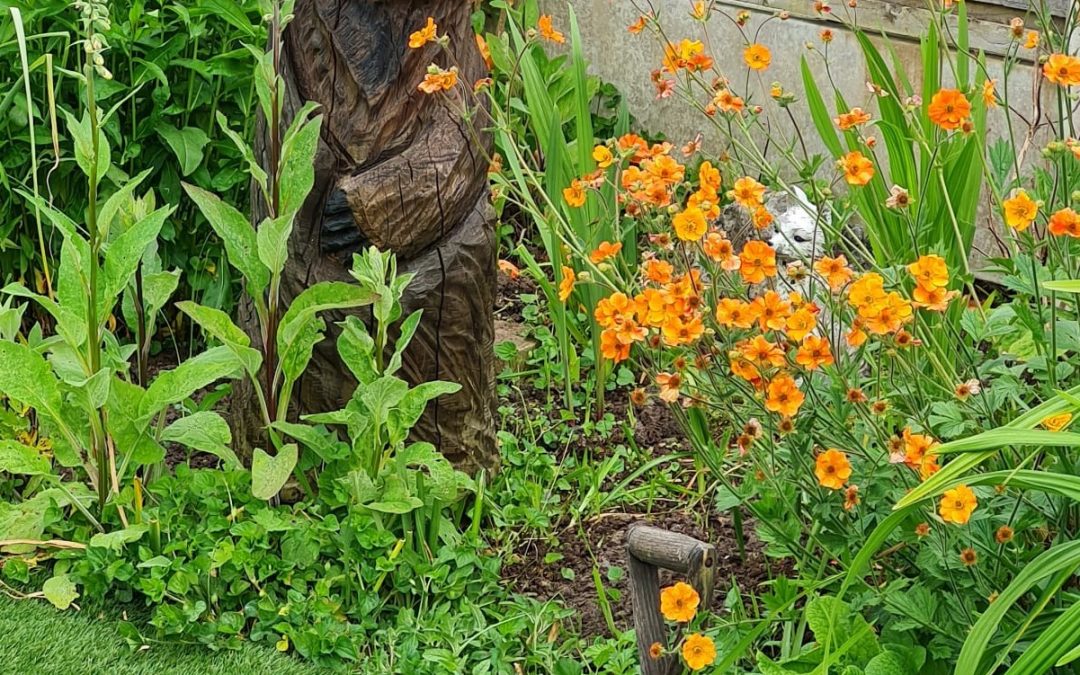Is Japanese knotweed safe for my pets?
Learn about the potential hazards of Japanese knotweed for pets and how to protect them. Information on the symptoms of exposure and steps to remove the invasive plant from your property. Keep your furry friends safe with this helpful guide
Japanese knotweed (Fallopia japonica) is considered to be an invasive plant species, and it can be harmful to both humans and animals. The plant contains chemicals called resveratrol and emodin, which can cause stomach upset and skin irritation in both humans and animals. Additionally, the dense growth of the plant can make it difficult for pets to move through the area. The sharp edges of the stems can cause cuts and scrapes.
In general,
it is best to keep pets away from Japanese knotweed and any other potentially harmful plants. If you suspect that your pet has come into contact with the plant, it is important to monitor them for any signs of illness or discomfort, and to seek veterinary care if necessary.
Keep your pets away
It’s is best to keep your pets away from Japanese knotweed, and seek professional help to have it removed from your property. If your pet does come into contact with the plant, monitor them for signs of illness or discomfort and seek veterinary care if necessary.
It is not advisable for your cat to sleep in Japanese knotweed. Japanese knotweed (Fallopia japonica) is an invasive plant species that can be harmful to pets if ingested or in direct contact with their skin. The plant contains oxalates, which can cause irritation, redness, and itching if it comes into contact with sensitive areas such as the mouth, nose, or eyes. Ingesting Japanese knotweed can also lead to gastrointestinal upset in cats, including vomiting and possible diarrhoea.
It’s always best to ensure that your cat’s sleeping area is safe and free from potential hazards, including plants that could cause harm. If you have Japanese knotweed in your surroundings, it is recommended to keep your cat away from it and seek professional advice on how to properly manage and control the plant to minimize its impact on the environment and the well-being of your pets.
